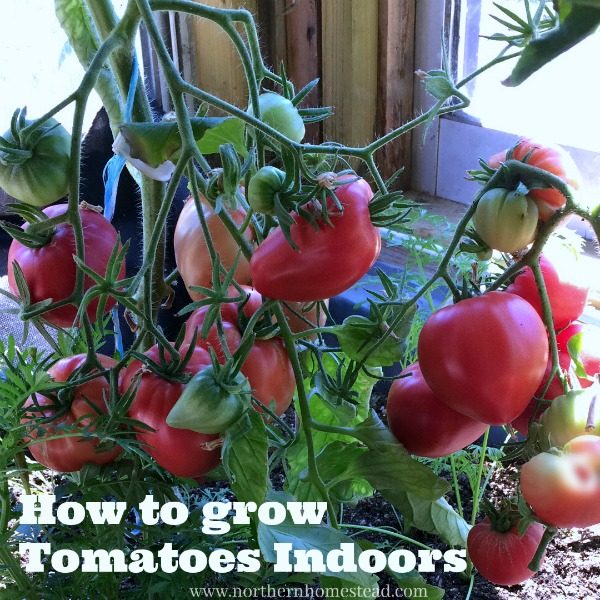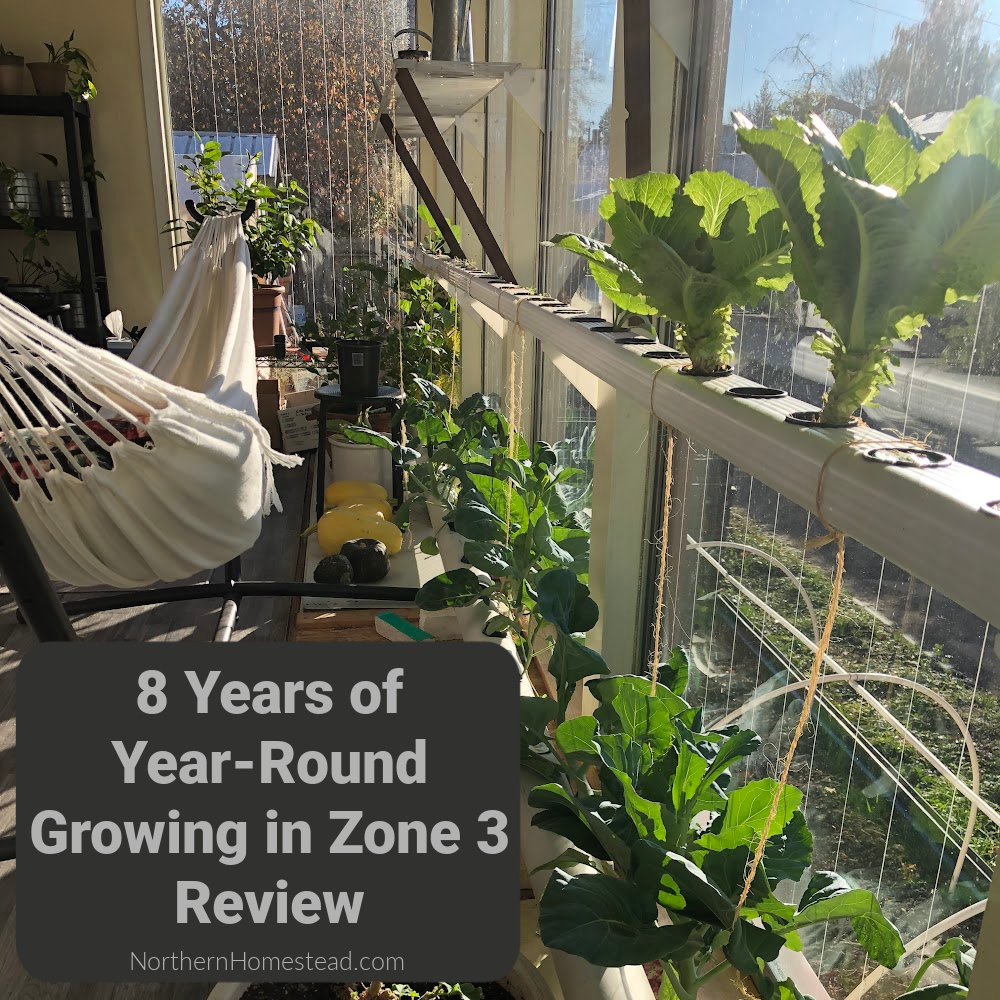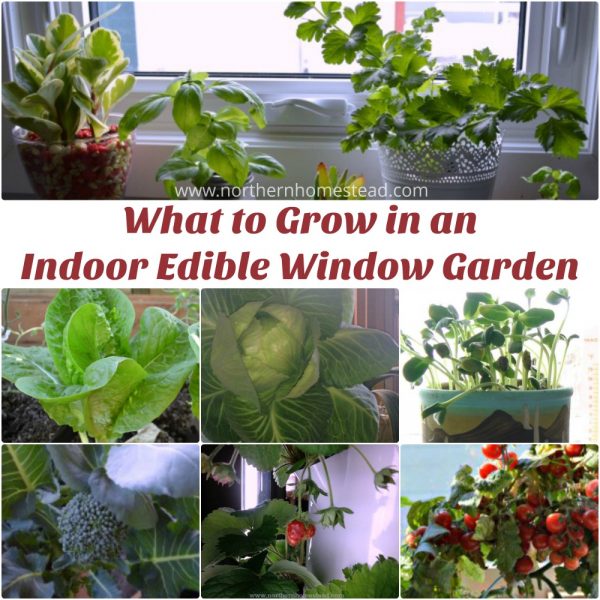
An indoor garden is an unnatural environment. There is less light, no pollinators, and no natural air movement. We have addressed most of it in our previous posts. The closer you can come to a natural environment, the less challenging the growing experience will be. However, since we can’t avoid everything, here are some tips for troubleshooting in an indoor edible garden.
Pest control

In an indoor environment, pests have no predators and will multiply rather quickly. Once you have them, you might have to learn to live with them.
Not all pests like all plants alike. Aphids prefer peppers, some herbs, and plants from the cabbage family. Red spiders like citrus and tropic plants.
To get rid of pests without aggressive chemicals is not that easy. Still, I would rather wash off some pests from the homegrown produce than eat harmful chemicals. Here are a few natural ways to deal with indoor pests on plants.
- Check plants regularly. You want to prevent plants from getting insects in the first place.
- If you find an aphid or a fruit fly or any other pest, try to get rid of it simply by squeezing it with a finger. Usually, there is only one or two of them, and by checking regularly you can get rid of them completely.
- If it is a fast-growing plant like lettuce and it has a pests invasion, replace the plant with a new one. It’s just not worth the trouble it could cause.
- Wash the infested plant with water. If possible, also separate the plant from other plants until it’s clean.
- Use cinnamon on your soil, many insects do not like it, and leave.
- Use safe insecticides like Neem oil, Citrus Oil, Eucalyptus spray, homemade onion and garlic spray, Diatomaceous Earth (food grade) … Note, this would kill all insects, good and bad, so we are cautious when using them outdoors, but since there aren’t any beneficial insects indoors, they all can be used.
A reader shared: I just use a squirt of sunlight dish soap in a quart spray bottle. Had no bugs as yet I call it pre-maintenance spray every two weeks … also no plants with soil in the same room… Note, that dish soap is not natural, and needs to be rinsed off before consumption.
In an extreme situation, we used no pest strips to clean out the growing room off aphids and flies.
Bringing in plants from outdoors

By bringing in seedlings or mature plants, unknowingly you might bring in some diseases or insects into your house as well. We don’t recommend doing that of any annual plant. It is usually not worth the problem you might be getting yourself into.
If you absolutely have to bring a plant in, wash it and replace, if possible, all the soil – or at least the top layer of the soil – with new bug-free soil.

For example, our lemon tree grows indoors during the winter and in the geodesic dome greenhouse during the summer months. In fall we bring the plant out of the greenhouse and give it a good rinse with a garden hose. If needed, the plant gets a new pot, or I just remove the top layer of the soil and replace it with new soil.
When bringing in tender perennial flowers like geranium, or herbs, I like to prune them back as much as I can. New growth is good for them anyway, and this way there is less chance to bring in bugs.
We find that bringing in plants earlier in the fall is better. It seems that insects try to hide in plants when the weather gets cooler, and they feel winter coming. By bringing in the plant before the weather changes, you can avoid bringing in unwanted insects.
Keep the plant in a separate room for a few days to see if there are any bugs or diseases that you don’t want to have. Only when you are sure that all is well should you bring it in, to grow next to other edible plants in your indoor edible garden.
Mold in plants

In places of high humidity mold on plants is a real danger. Usually, it is not the plant itself that gets moldy, but the soil. It is not visible at first, you might just smell it.
The first tip is to flush the soil, and if the leaves are affected too, give the whole plant a good wash. I just place the whole pot into the laundry sink and shower it gently so that water comes out of the pot.
If it is a perennial it might be that the soil is old, and the plant needs new soil and a bigger pot. Transplanting might help too. However, mold is contagious, so I would add activated charcoal to the pot.
Activated charcoal binds the mold. It is non-toxic and really helps. For plants, I just use tablets that are for human consumption. Add one or two to a pot as you smell mold. If you have many plants, or a mold problem in the room, hanging a charcoal bag might help.
Sunshine is a natural enemy to mold. Bring the plants outside regularly to get some sunshine. Its UV-light will partially regenerate the saturated activated charcoal.
Slow growth

Indoor gardening even in a sunny window is not the same as outdoor gardening. Plants might grow very slowly and become leggy if they do not have enough light and/or the temperature in the room is too cold.
Add grow lights and check the temperature of the room and the soil. (See our blog post on temperature.) Also, make sure to water the plants according to their needs. Do not overwater. If a plant does not grow, it will also need much less water.
It can happen in the middle of winter that a plant stops growing altogether, there is not much you could do. Just leave it, because as soon as the days get brighter and warmer, the indoor plant will take off.
Overgrowth

It is tempting to plant many plants in one pot to get more out of it. Truth is, you will usually get less. Plants can become root bound very quickly and also start to compete for light.
In an indoor window garden, you want to keep your plants compact. Prune your plants so that every leaf gets the most light exposure possible. To let a plant just grow wild is not a very good idea outdoors, but indoors it will surely lead to a disaster.
Always remove leaves that do not get any light and/or look unhealthy. Keeping plants tidy and healthy is important in an indoor garden.
Flowers but no fruit
In order to bear fruit, most plants need to be pollinated. Outdoors, insects and wind do that for you, but indoors you are the pollinator.
Plants that are pollinated by wind can just gently be shaken. Tomatoes and peppers are in this category.

Plants that are pollinated by bees can be hand pollinated with a soft brush or cotton swab. Cucumbers, squash, and melons are in this category. You will need to find the male and the female flower to do that. The female flower always looks like it has already a small fruit. Touch the inside of the male flower and then the female one to transfer the pollen. There are greenhouse varieties that do not require pollination. Usually, it’s labeled on a seed package if it needs a pollinator.
Keeping plants healthy is the key to good growth. Watch your indoor edible window garden closely to do troubleshooting as soon as you notice the smallest problem. This way it will never escalate for you and you will enjoy a beautiful garden.
There are many more tips on troubleshooting in an indoor edible garden. If you have one, please share it with us in a comment below.
We invite you to subscribe and follow us on Instagram, Facebook or Pinterest so you do not miss a thing.






















My elderly neighbor called and said “Are you okay? I haven’t seen you!” I replied “It’s winter! I don’t garden in the winter!” It’s time for this old gal to rest, bake cookies and cuddle with books!
Funny, this happened to us last spring. Even though we do garden in the winter, just not outdoors. Enjoy your winter rest!
I hand pollinate cukes and squash in the garden outside anyway. I get more fruit that way. It’s so easy!
This is something I need to look into more. Glad to hear it is easy to do.